The Lake District has joined an illustrious list of places around the world as it becomes a World Heritage Site.
The region, in north-west England, was announced by culture organisation Unesco as the latest addition to a list that includes the Taj Mahal, Grand Canyon, Macchu Picchu and Stonehenge among others.
Lord Clark of Windermere, who chaired the Lake District’s bid, said the decision to recognise the region’s culture, art and literature, as well as its landscape, was “momentous”.
There aren’t many UK regions more beautiful, so what better way to celebrate than looking at some of its stunning scenery?
This is Lake Windermere, the largest body of water in England at 10.5 miles long.
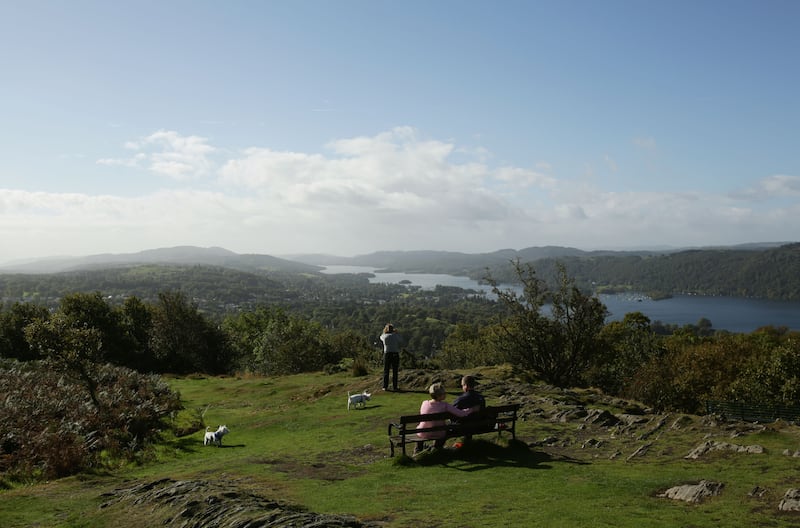
But Windermere is just one of many stunning lakes, as hinted at by the name. Buttermere can be just as breathtaking.
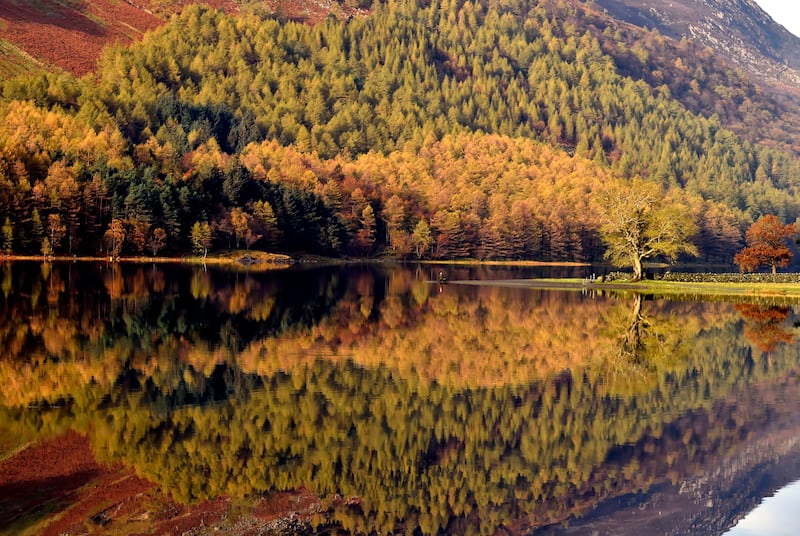
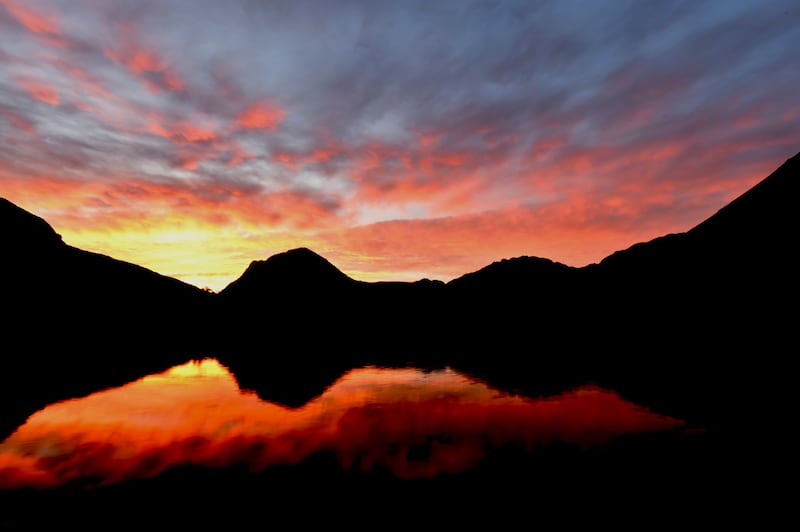
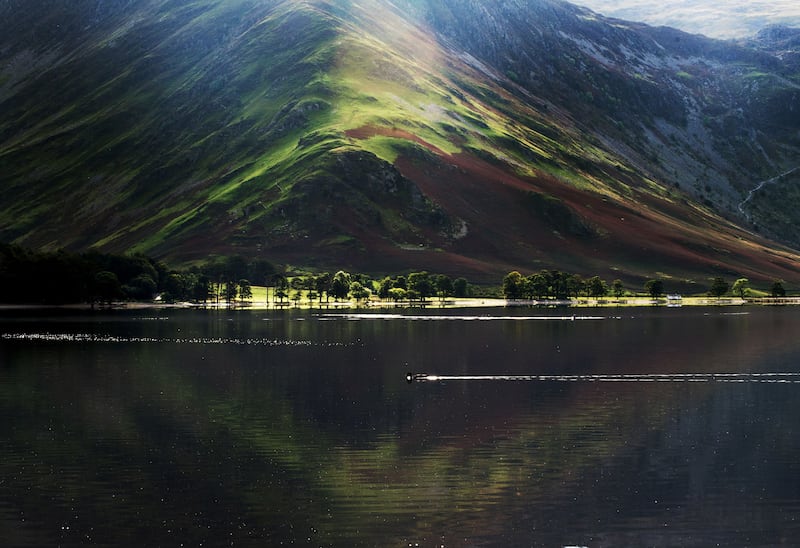
Confusingly, there’s actually only one lake in the Lake District called a lake – Bassenthwaite Lake.
The rest are all known as meres, tarns and waters. So here’s the Lake District’s one proper lake.
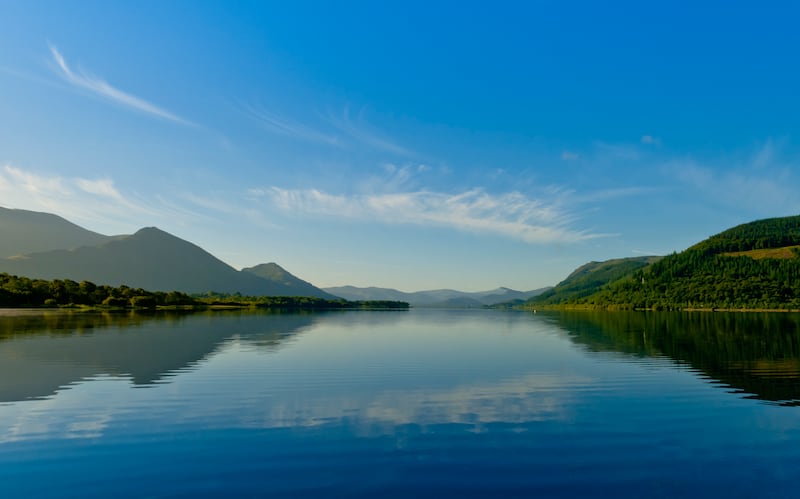
On occasion the Northern Lights, or Aurora Borealis, can take things up a notch. Here they are over Derwentwater.
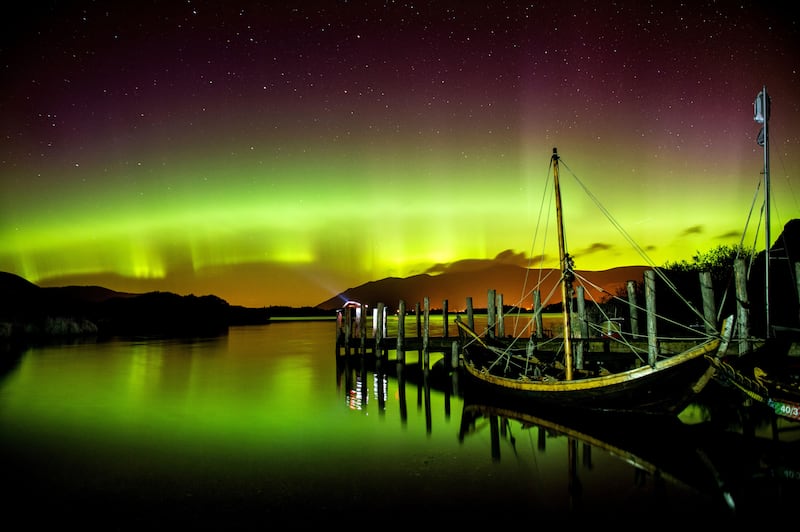
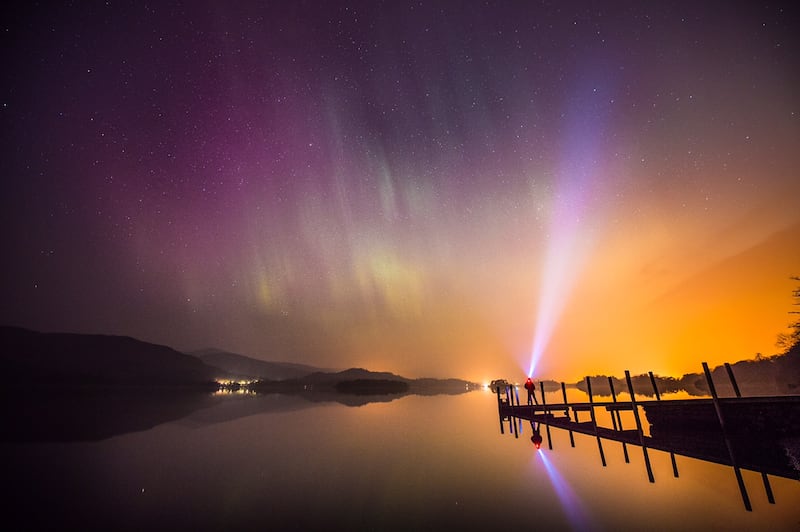
Even when they don’t make a proper appearance, their effects can still be impressive – take this purple sky reflected over Tewet Tarn, with the famous Blencathra mountain on show, as an example.
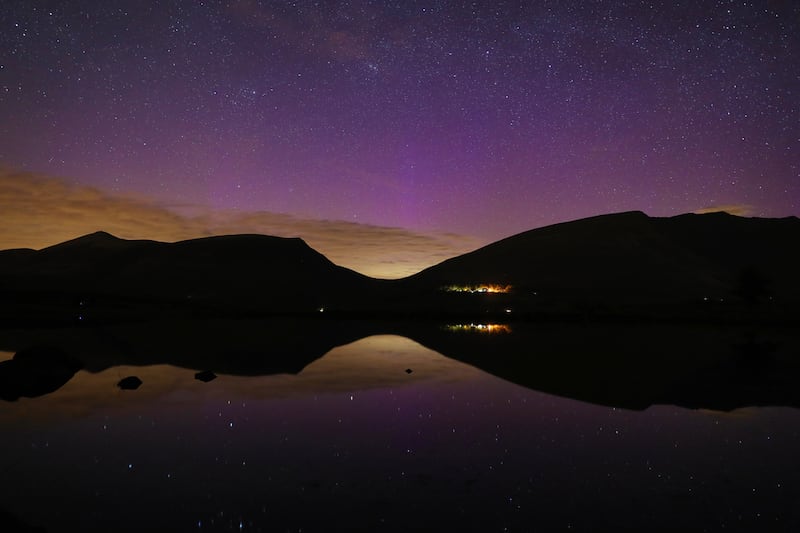
Ullswater can be particularly striking, especially with the snow-capped mountains behind it.
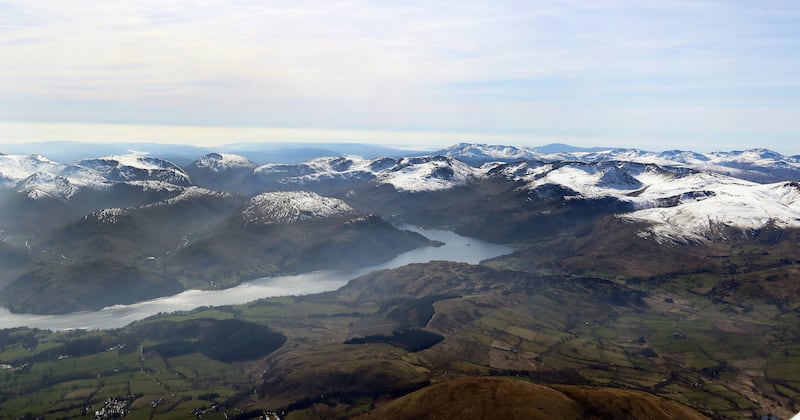
The Lake District is home to England’s highest mountain, Scaffel Pike, which stands at 978 metres (3,210 feet) above sea level. Here it is, in between Lingmell and Scaffel.
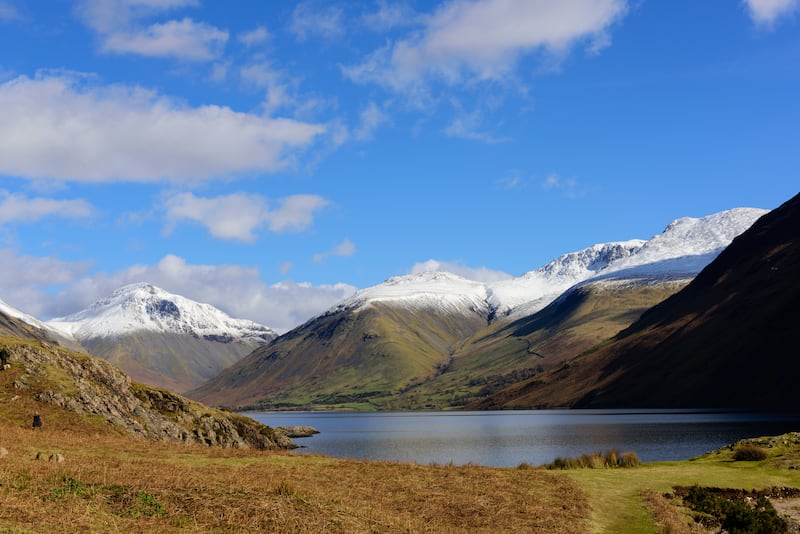
Taking home the treble, the Lake District is also home to England’s deepest lake – Wastwater, which descends 74 metres (243 feet).

It became a National Park in 1951, second only to the Peak District.
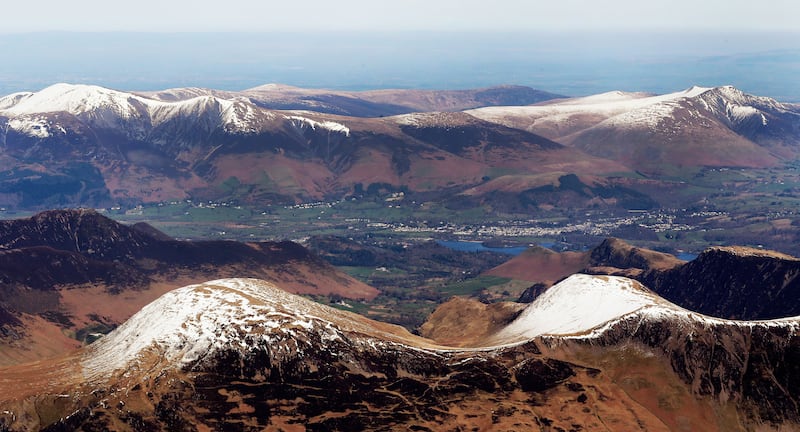
It covers 912 square miles, with 41,100 people living in the park’s boundaries.
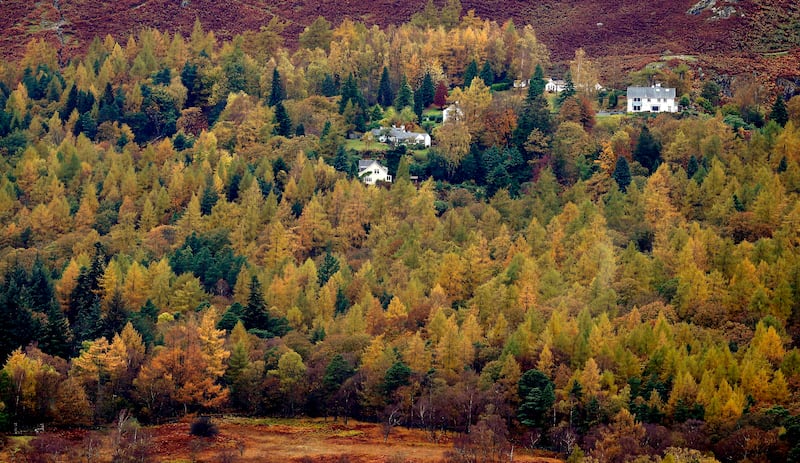
To win the bid the Lake District had to prove it was a “cultural landscape of international significance”.
The famed landscape was obviously one factor, but so were some of the country’s most beloved writers including Beatrix Potter, who owned Hill Top Farm, and poets William Wordsworth, Samuel Coleridge and John Ruskin.
The Lakes also boasts sites of historical importance such as King Arthur’s Round Table, said by English Heritage to be a neolithic earthwork henge believed to be the legendary monarch’s jousting arena.
The UK now has 31 World Heritage Sites including the city of Bath, the Tower of London, Canterbury Cathedral and the Giant’s Causeway.








